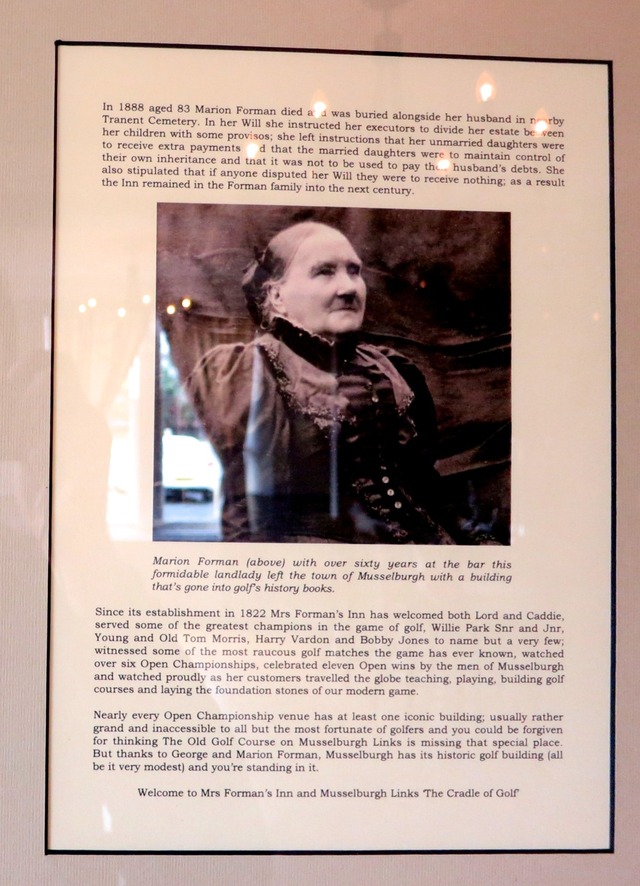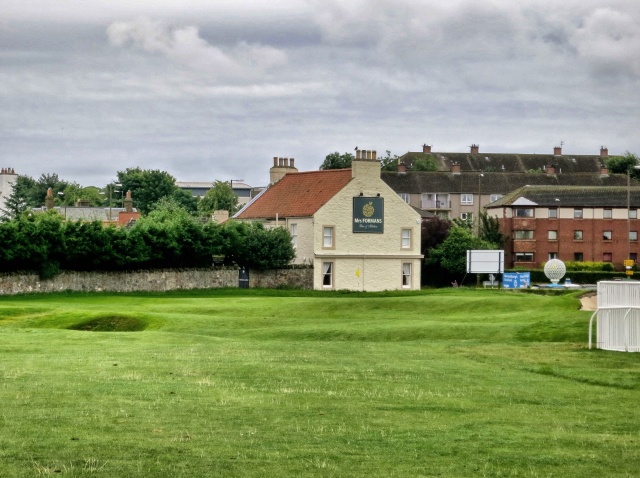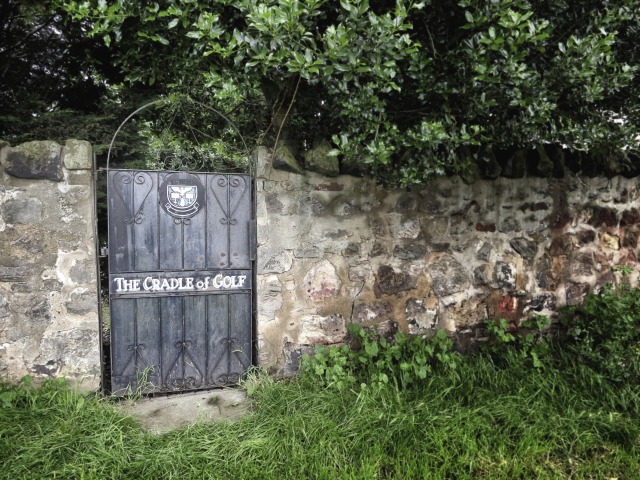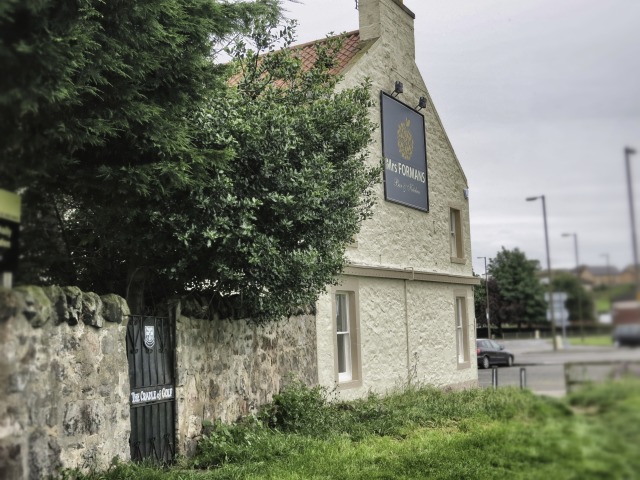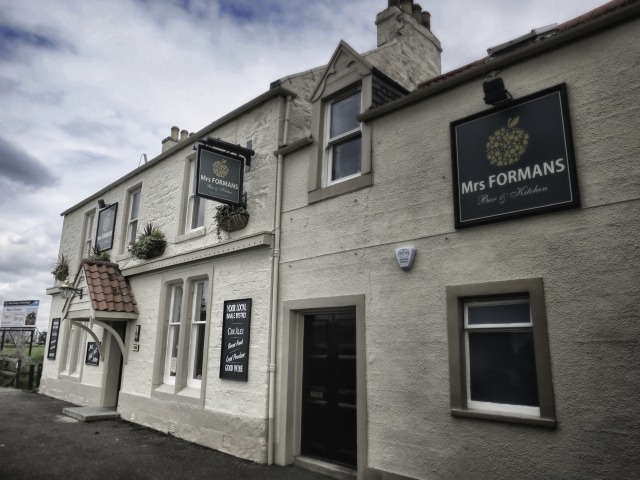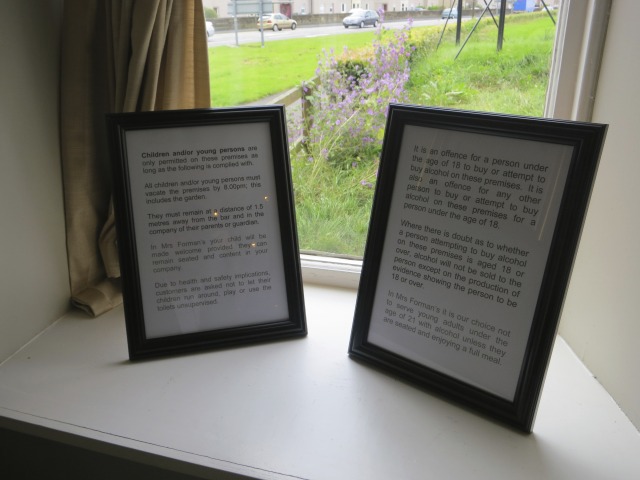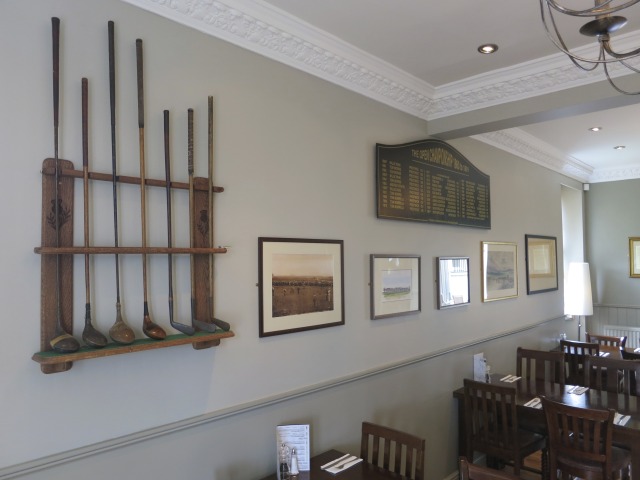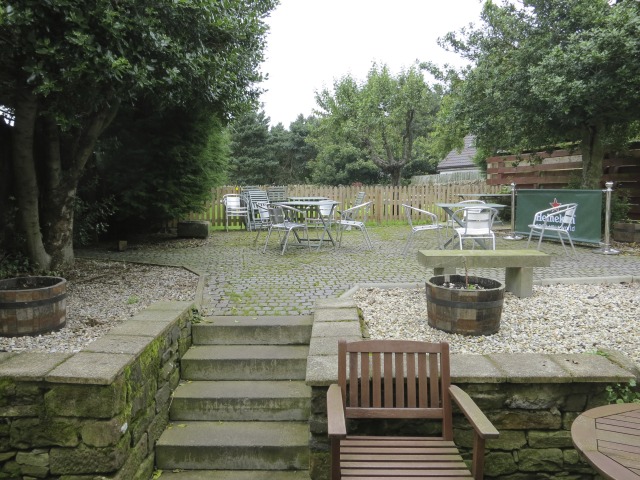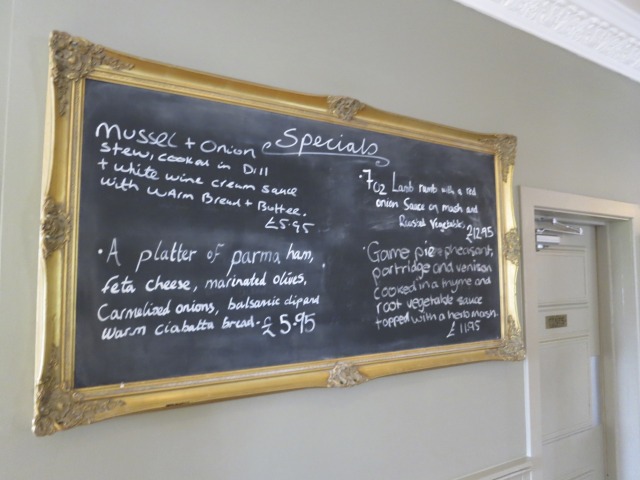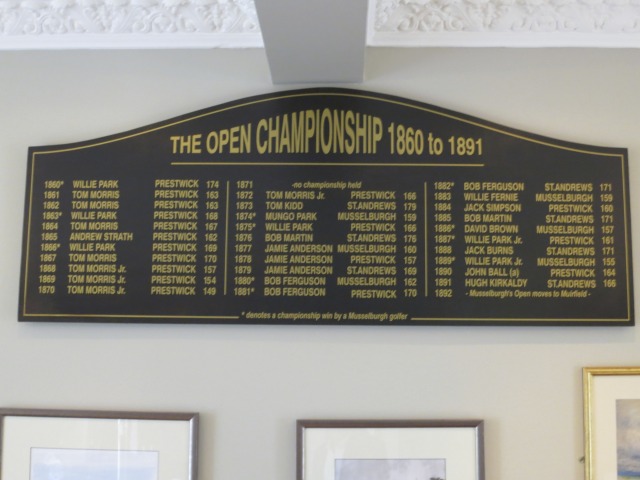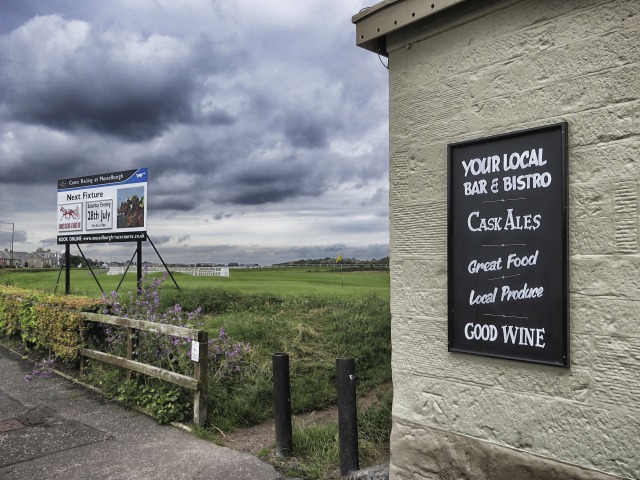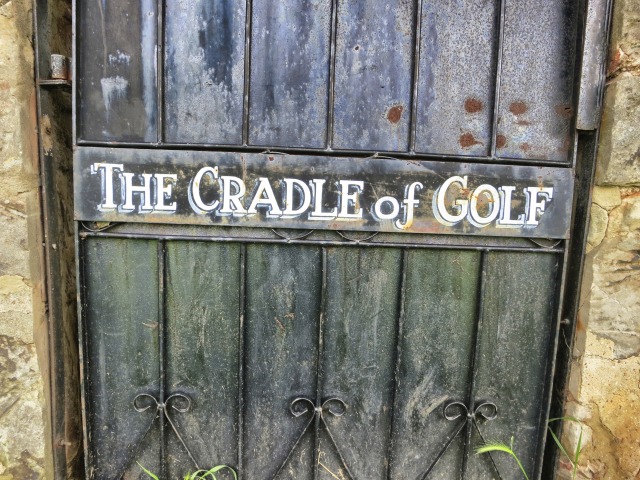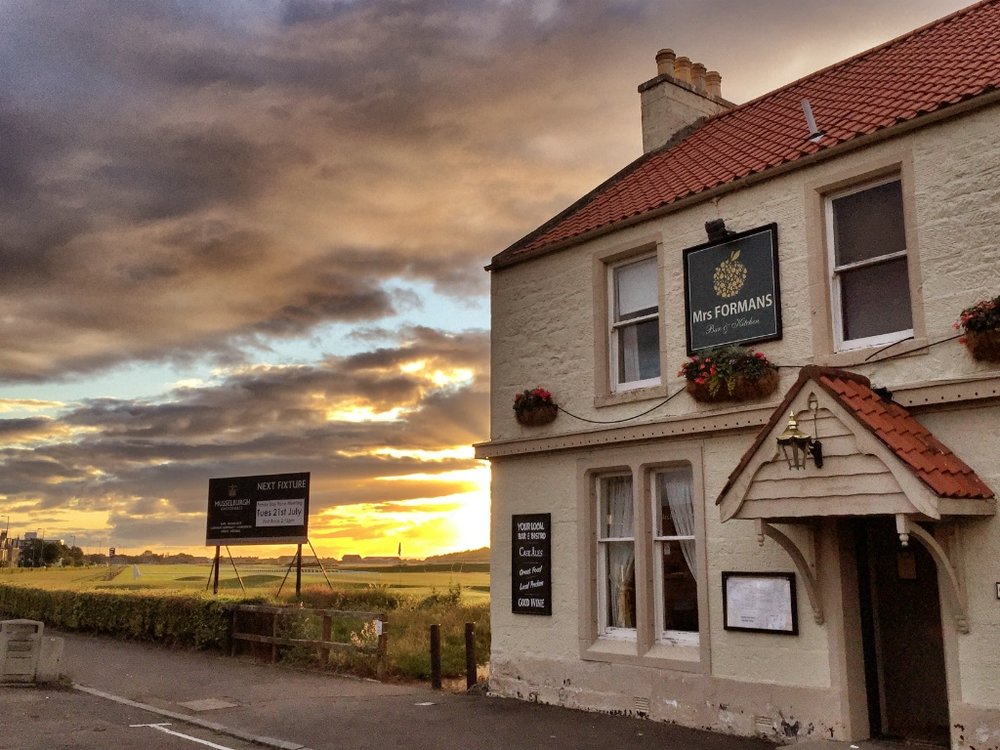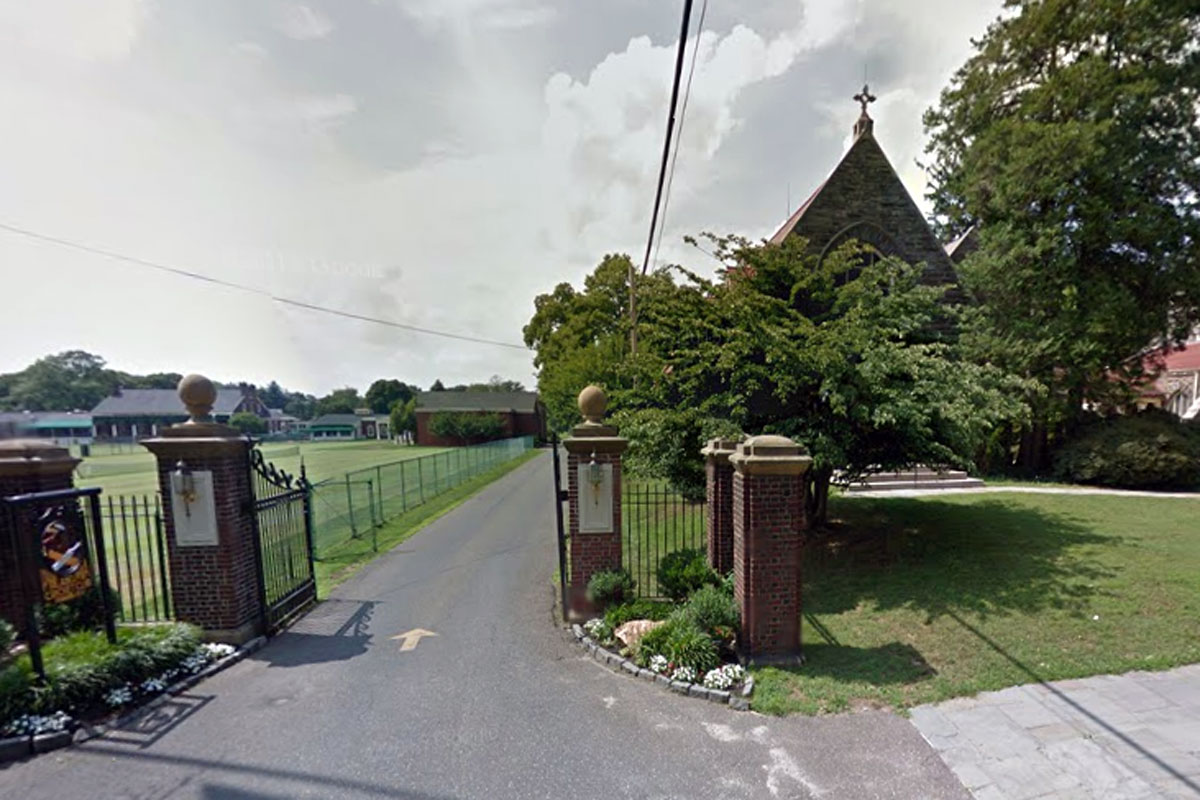Q: This is an ambitious book given that the primary focus, Old Tom Morris, has been gone for some time. What got you interested in him and as the book’s title announces, the town?
My first connection with Old Tom was watching David Joy perform his stage show as Old Tom in St Andrews. I was utterly gripped. I wanted to learn more and then read the novel Tommy’s Honour. The real eureka moment was reading Tom Morris of St Andrews, The Colossus of Golf. It really set a new benchmark for golf history books. The level of detail and presentation was phenomenal.
Living in St Andrews, I began to see that there was very little of the town’s history on show. By that I mean you could walk around St Andrews and not realise that for example at the end of North Street lived the winners of 5 Opens and the sons of people who lived there, doors from each other, won a further 7 Opens and an Amateur Championship. It is a truly remarkable place and I wanted to share that un-told history.
Q: Give us a sense how long it took to put the images together, the variety of sources and the issues faced?
The book took about 3 years including writing, researching and tracking original photographs. There are so many people that helped including relations of the great golfing families and landowners in St Andrews. However the majority of the images came from the R&A, St Andrews Preservation Trust and the University of St Andrews. I was very fortunate to have a lot of good will and support from the get go. Some of my favourite images include the photo of Tom’s first shop taken circa 1850 and also unseen paintings, like the one of James Cheape, the man who saved the St Andrews golf course for evermore. The biggest issue was deciding what to leave out. Chic Harper, the designer, did a great job. My aim was to make golf history visual, beautiful and accessible and I think he captured the brief perfectly.
Q: Am I correct that by putting all of these vital historic images of the town and golfers, especially Old Tom, that the images suggest they knew they were in a special place and documenting a special time?
I think you are right in saying that they knew it was a special time. I say in the book that Old Tom was fortunate to be born at the right time and he truly was. Hugh Lyon Playfair had taken a filthy run down St Andrews in the 1830s, with the West Sands beach eroding the 1st hole, cow dung piled high on the streets and yet some 30 years later it is a renowned golfing metropolis.
With Playfair’s vision coming into reality with Edinburgh’s New Town type housing, land reclamation down the first hole (by dumping rubbish on the beach and covering with soil…and that is why the 1st hole is flat), luxurious hotels and the railway line, St Andrews was re-born. It had been a successful and thriving place of pilgrimage but when the cathedral was felled after John Knox’s speech, the town slipped into decline for centuries.
Tom was born as the town was beginning to blossom once more. He and Allan Robertson were golf’s first superstars. Allan was always considered the Champion Golfer. I like to think of them as brothers and not as employer and apprentice as most historians have noted them. They were only 6 years apart age wise. They were written about in the press and were acknowledged to be the best golfers in Scotland and thereby the world. In a harsh Victorian world, golf was kind to them and gave them a good living. It was Allan’s death aged 43 that led to the creation of The Open. Who is the new Champion Golfer? The era that followed was built largely upon the St Andrews dynamic. The evolution of photography and the growth of St Andrews happened at the same time and we are fortunate that so many images were taken to document that golden era.
Q: If you had to list his most important contributions to the game, Old Tom’s greatest gifts to golf? Promoter? Architect? Clubmaker? Role in The Open?
Tom was truly inspiring. If I had to rank his greatest gifts to golf in order, I would say golfer, architect and then promoter.
As a golfer, he was the best in the world - a superstar of the Victorian age. He won The Open four times and crowds were never quite so boisterous as they were when Old Tom played Willie Park Sr. of Musselburgh. Thousands flocked to those grand matches.
People tend to see Tom as the old guy with the beard. I think more about the 30 year old, who had no idea which direction his life would go, but hoping above everything to not have to work the weave or be a letter carrier like his father. As a golfer, he was human too – he had the yips and they plagued him until his later non-competitive years. Once when a letter was sent to the ‘misser of short putts’ at Prestwick, it found its way to him.
People get quite sniffy about Old Tom as an architect of golf courses, but I would suggest that the list of the courses he set out is still a strong list of over 70 courses that includes, Muirfield, Prestwick, Carnoustie, Royal County Down and Cruden Bay. He effectively created the front 9 of the Old Course by clearing away lots of the whin to reveal the fairway we play on today. His 1st and 18th greens are still causing the pros trouble today.
Finally as a promoter, Tom was a strong supporter of both ladies golf and generally spreading the game worldwide. When he created the Himalayas putting course for the ladies, this was frowned upon but nevertheless under the guidance of the R&A, Tom ploughed up the whin and created the popular putting green. It was said that clubmakers who traveled to the States with a letter of endorsement from Old Tom were sure to get a job. He was so revered in his own lifetime.
To this list could be added many more contributions to golf including businessman, official starter, course maintenance, contributor to golf books/magazines, but I think as a player in his prime he was the the best of all.
Q: What most surprised you in your research?
I was absolutely delighted to find lots of images that have never been seen before. Some of the 19th century paintings are glorious and I am truly grateful to the families and organisations that allowed them to be seen in print for the first time. There was also a wealth of manuscripts that have really have not been looked at for many years - first hand accounts of St Andrews in the 1870s.
It will take me a few years to do anything on the scale of Footsteps but there may be a few St Andrews books in the interim. The archives available to research in St Andrews are truly world class.
Q: There are many other figures you include in the book, who intrigues you most from those vital years at St. Andrews?
St Andrews popularity grew thanks to a unique combination of the golf course, R&A/Union Club, hotels, restaurants and the genuine beauty and history of the location. There are quite a few people who came together to create the St Andrews we know. However, I think that Playfair above all others absolutely fascinates me. How he managed to do what he did, when the locals were despondent at best about their run down town, is a truly wonderful achievement. He came back from India very wealthy (as did many…best not ask), having worked for the East India Company and used his money where needed to clean up the streets. Instead of ramshackle streets with porches and archways jutting out onto the pavement, he got them all removed. (This is where the name Principal’s Nose comes from as Playfair cut off the porch way that belonged to Principal Haldane of the University, who didn’t have a big nose, as is often told). The result was the clear clean lines of South, Market and North Street. Add to that the first golf club house in the Union Club, the R&A building, the saving of the 1st hole from the sea, the railway line and station and the town hall. The list goes on and on. He was a hugely important man who had more than a few folk standing in his way, but nevertheless succeeded. George Bruce who created the Bruce Embankment wrote scathingly about Playfair in Wrecks and Reminiscences and it is a fun read given how vitriolic Bruce can be. However, the results of Playfair’s sheer determination and work are still being enjoyed today.
When we look to the success of St Andrews, Old Tom played a hugely important role and as mentioned was a Victorian superstar. He was undoubtedly a phenomenal golfing talent. One final example to illustrate this was that he shot a 79 on the St Andrews links. Over 30 years later, when the golfers were playing the easier routing with the new front 9 that we play today, Amateur Champion Willie Tait beat reigning Open Champion Willie Auchterlonie with an 86. They were still struggling to match his score.
Old Tom Morris was simply outstanding by all accounts and that is why people continue to be fascinated by a man apart.
After the last fight over Musselburgh Links, I've given up trying to understand the inability to grasp the lack of appreciation for Edinburgh historical sites like Musselburgh and Mrs. Forman's. Perhaps it's a matter of branding and marketing, or maybe this traces to the longtime rivalry between St. Andrews and Edinburgh. At this point, nothing should matter but protecting the game's most vital sites of importance.
